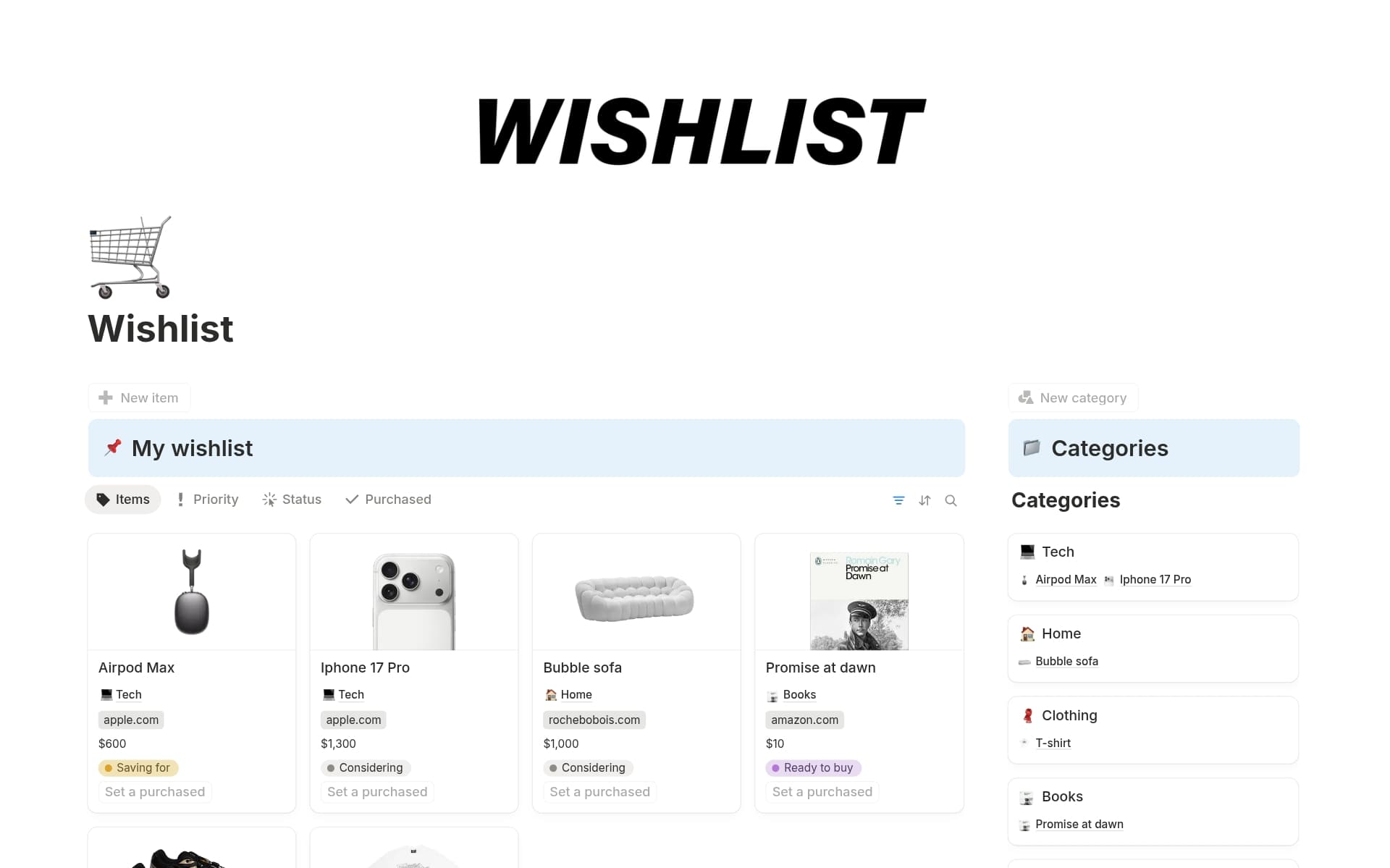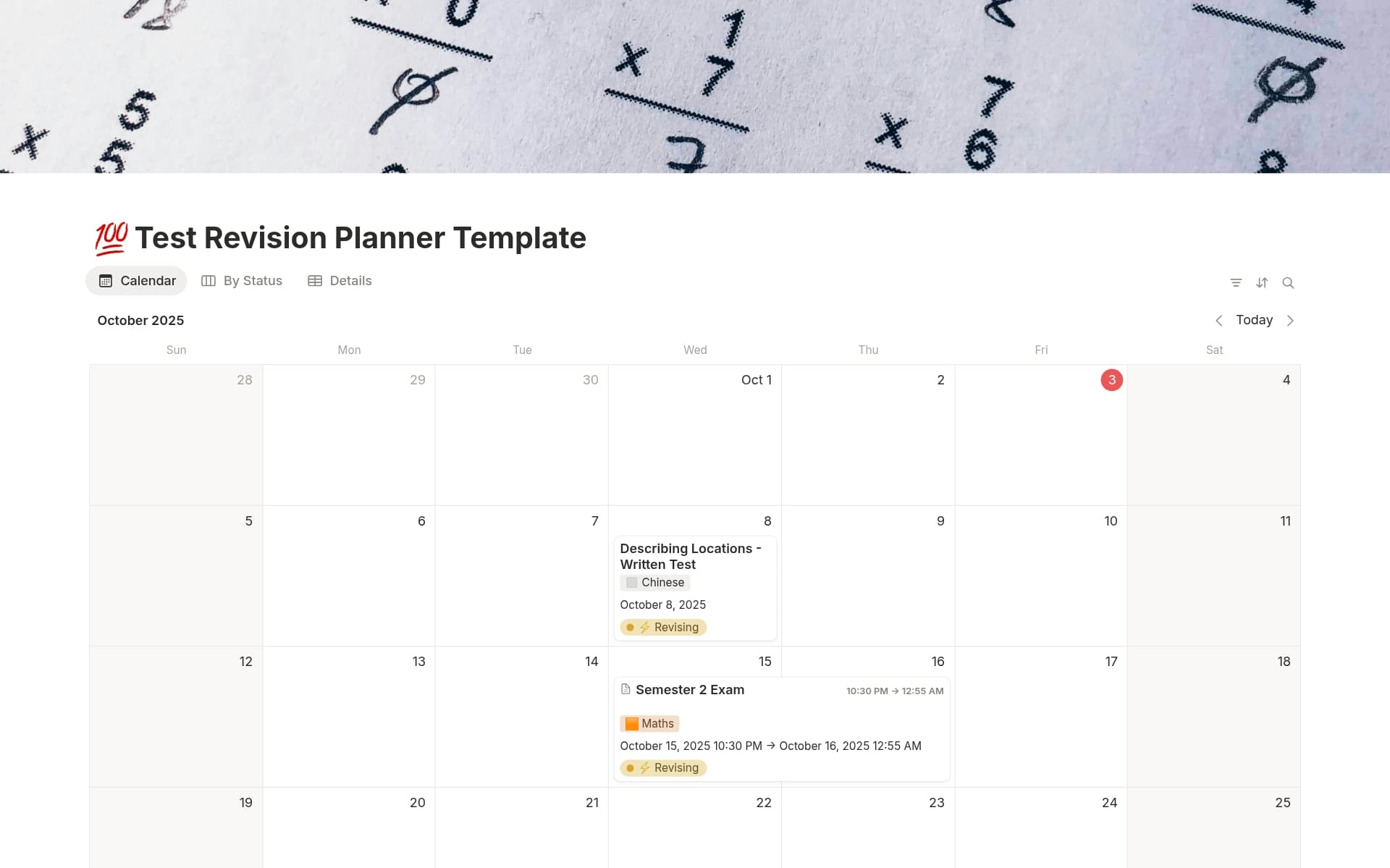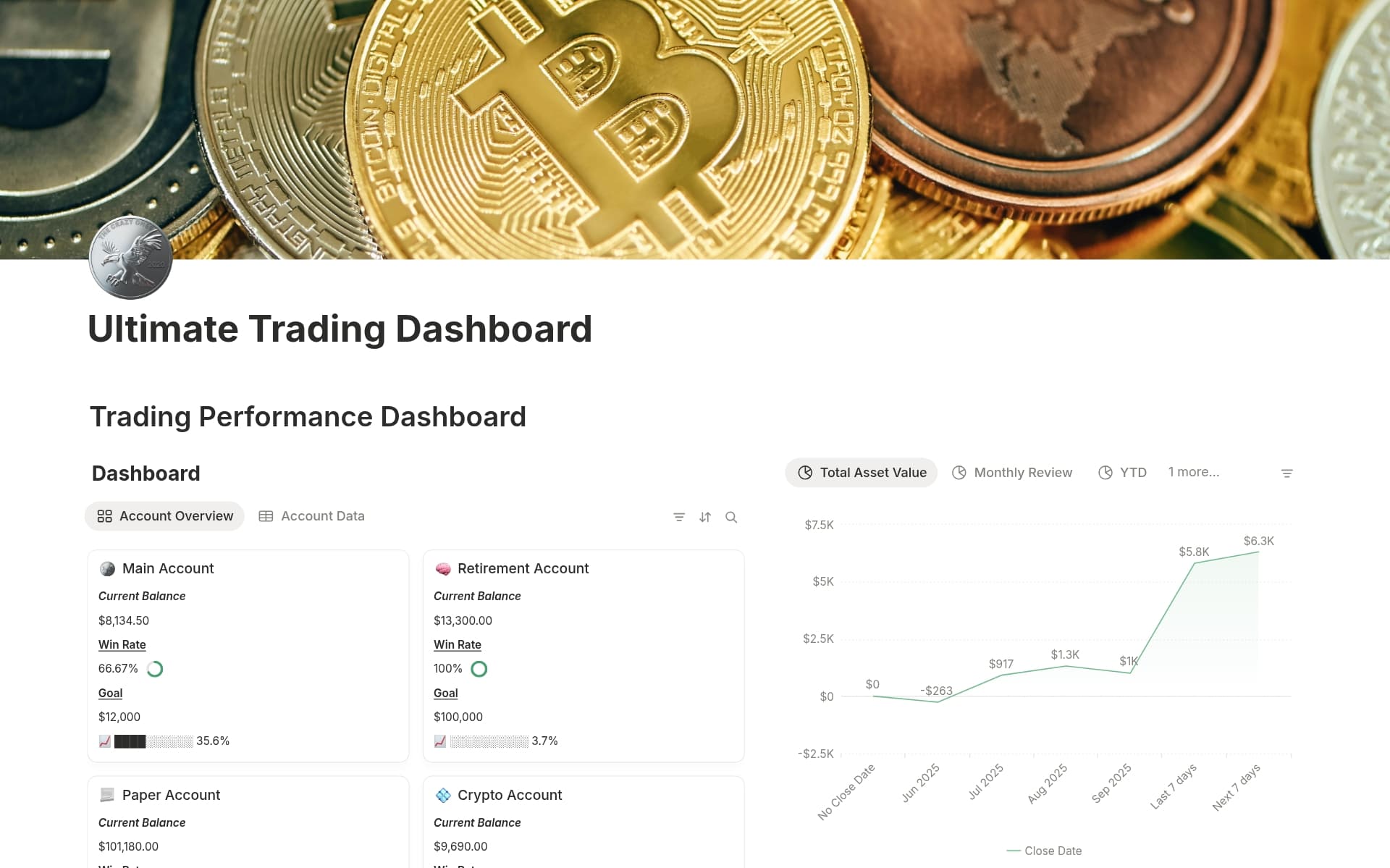Having a Shopping Guide is crucial for efficient and effective shopping experiences. It helps you stay organized, manage your budget, and ensures you don't forget any essential items. A Shopping Guide template in Notion can streamline the process by providing a structured layout for your shopping needs, whether it's for groceries, clothing, or household items.
Before you dive into creating your own Shopping Guide, take a look at these Notion templates to make the process easier and more enjoyable. They offer a variety of features, from meal planning to macro tracking, that can be tailored to your personal shopping habits.
What Should Shopping Guide Templates Include?
Choosing the right Shopping Guide template in Notion can streamline your shopping experience, ensuring you stay organized and efficient. Here are key components to look for:
Comprehensive Categories: A good template should have pre-defined categories to help you sort items by type, such as groceries, electronics, or clothing. This makes your shopping trip quicker and more structured.
Checklist Functionality: Look for templates that include checklists. This feature allows you to mark off items as you purchase them, ensuring nothing gets forgotten.
Budget Tracker: It's beneficial to choose a template that integrates a budget tracker. This will help you monitor your spending against your budget in real-time, preventing overspending.
Sharing Capabilities: If you often shop with family or friends, consider a template that supports sharing. This feature lets multiple users add items and update the list, which is great for coordinating larger shopping trips.
With these components, a Notion Shopping Guide template can transform chaotic shopping trips into a smooth, well-organized process.
What Should Shopping Guide Templates Avoid?
When selecting a Shopping Guide template in Notion, it's important to be aware of certain features that might complicate or clutter your shopping experience. Here are three key components to steer clear of:
Overly Complex Layouts: Templates with too many sections or intricate designs can make it difficult to quickly find what you need. Simplicity is key for efficient shopping.
Non-Customizable Elements: Avoid templates that don't allow you to tweak elements according to your shopping preferences. Flexibility in adjusting categories and lists is essential.
Excessive Automation: While some automation can be helpful, too much can make the template rigid and less intuitive. Choose templates that keep manual control options.
Choosing the right template involves looking for simplicity, customization, and a balance of automation to ensure a smooth and personalized shopping experience.




